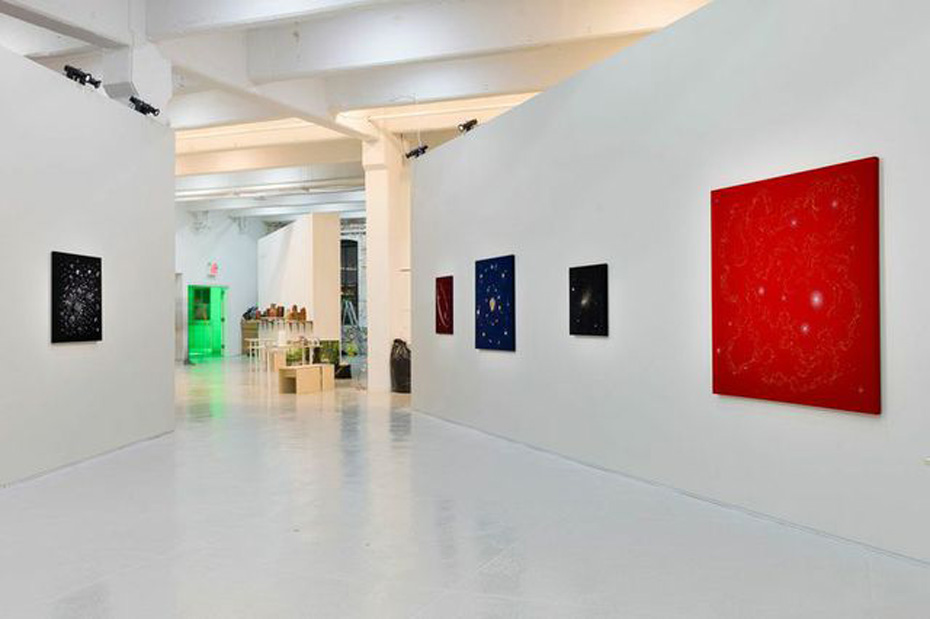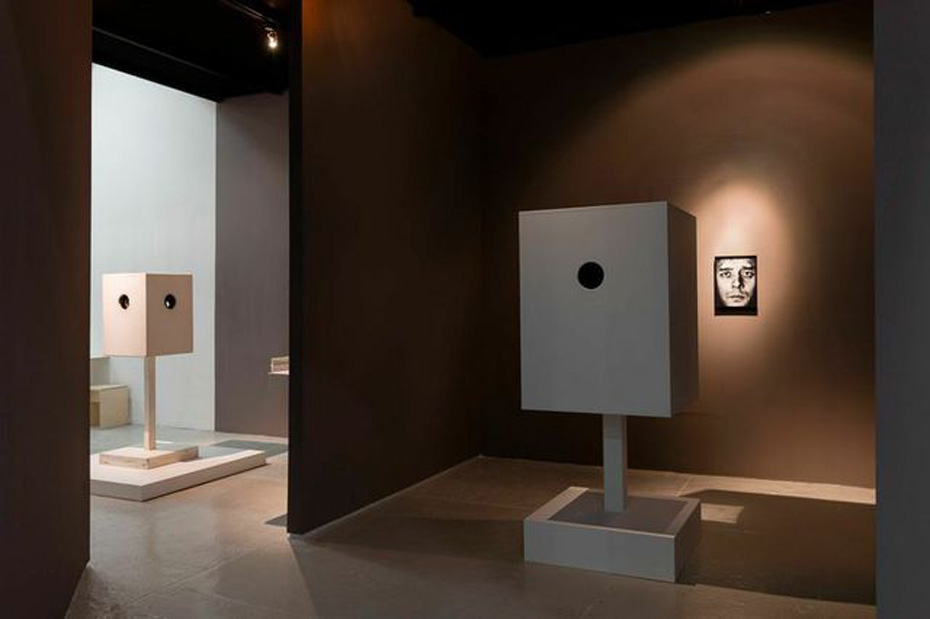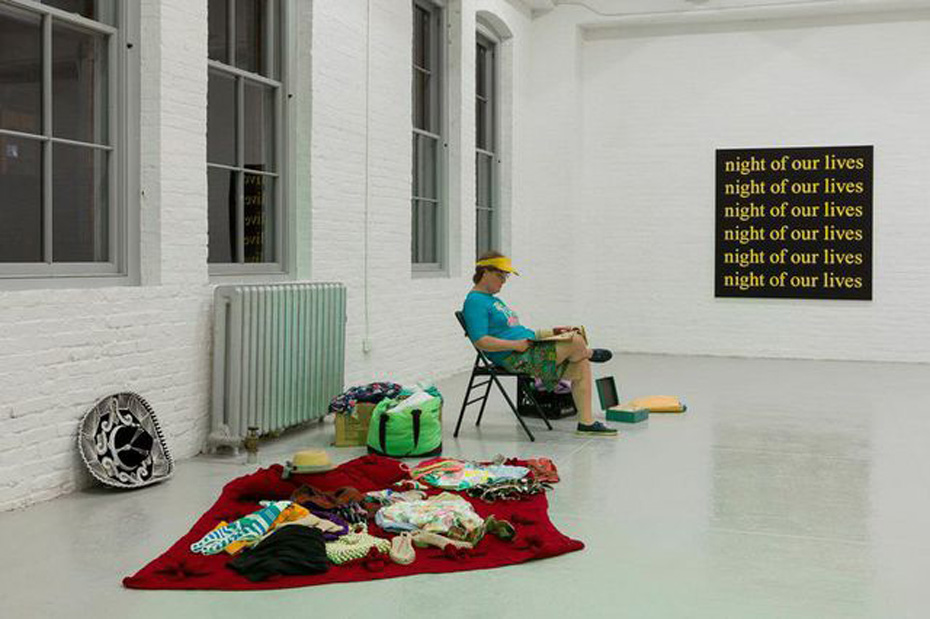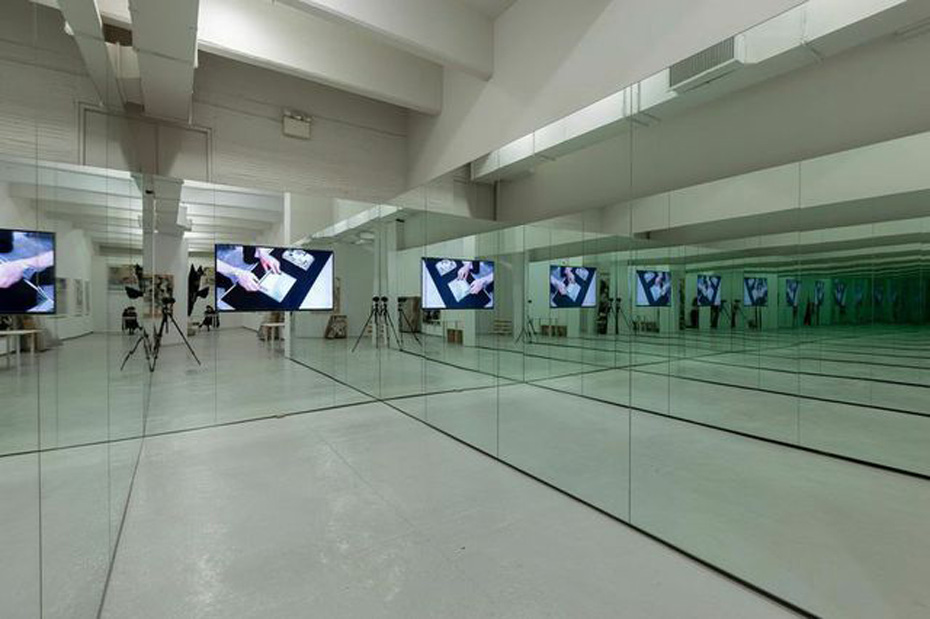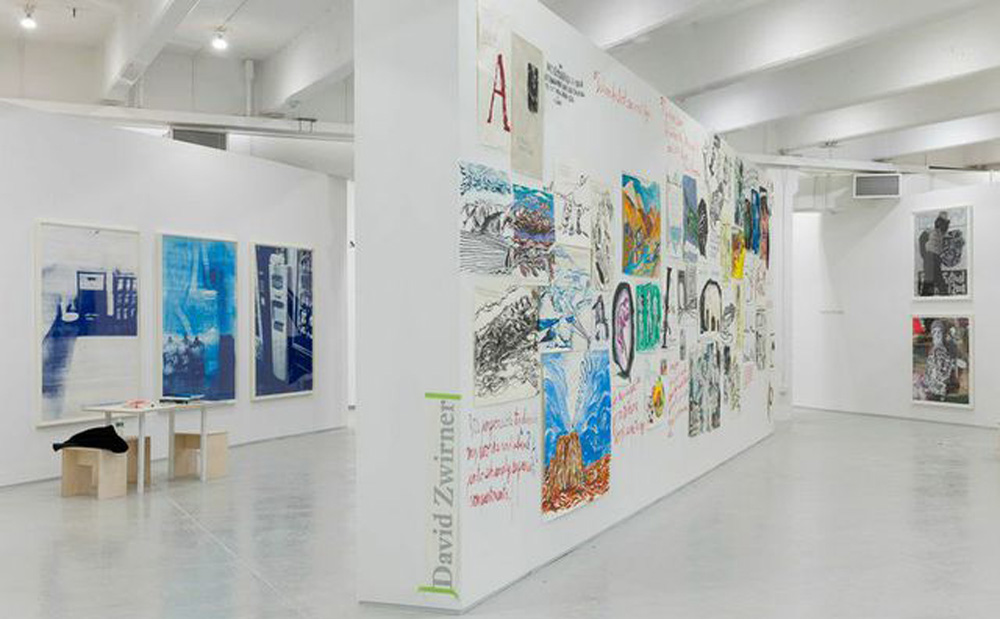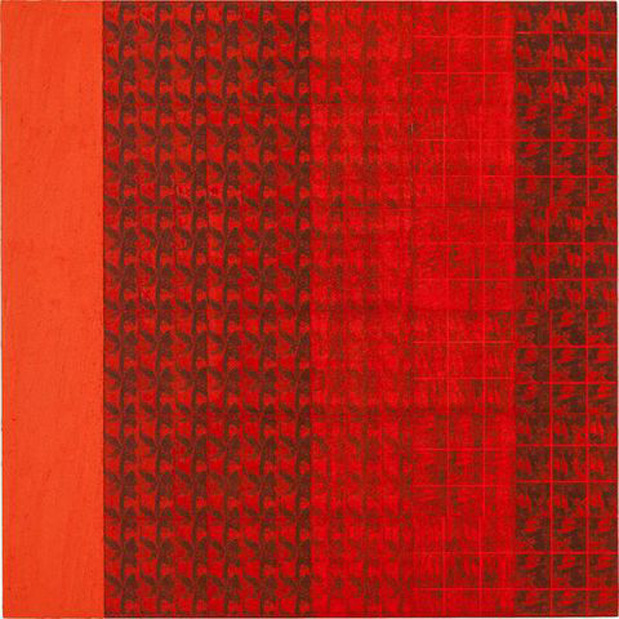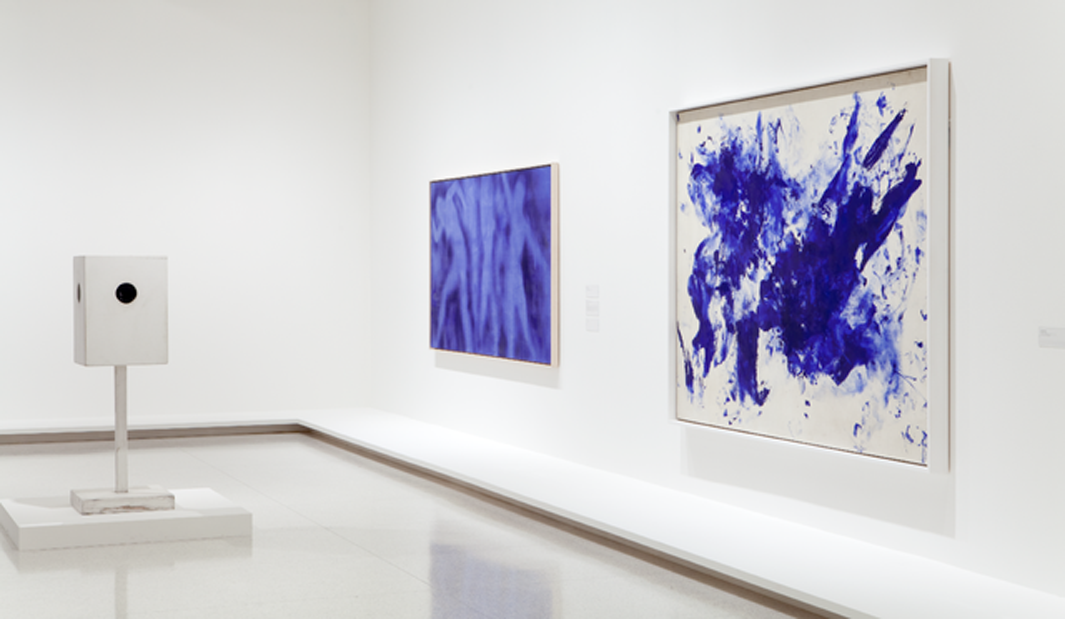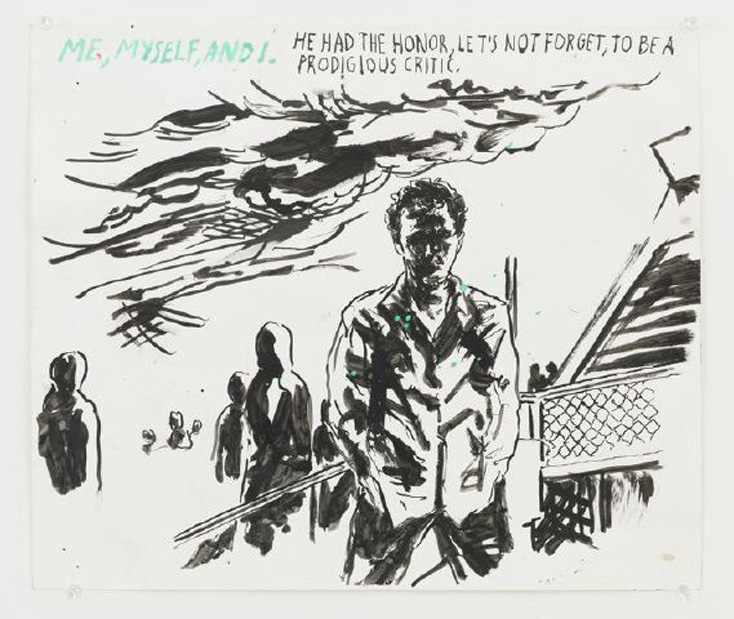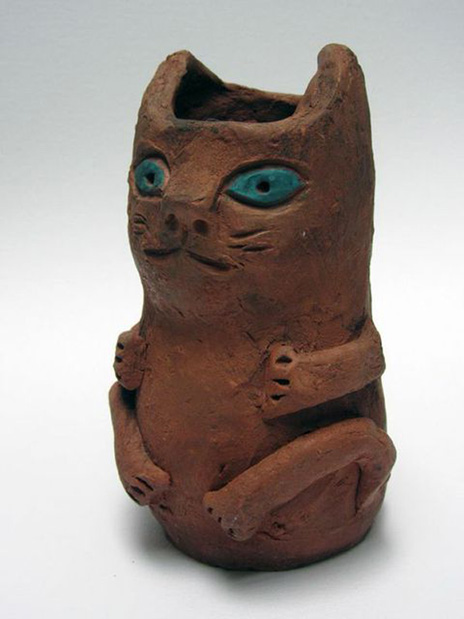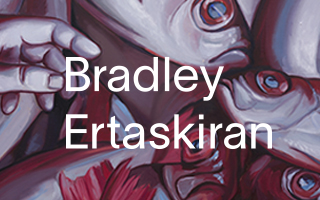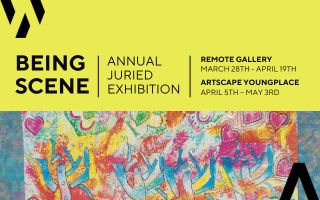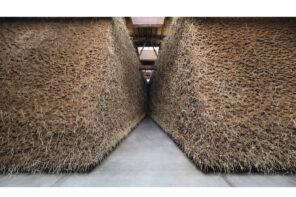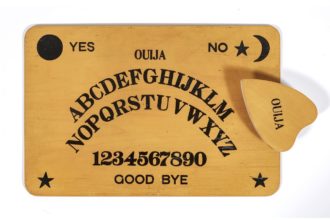An infamous art historical tale goes a little something like this. In April of 1917 the Society of Independent Artists was preparing for its first annual exhibition in New York City. Its organizing principle was simple: anyone who submitted art and paid the nominal entrance fee of six dollars would be accepted. In this, the Independent’s exhibition would validate the work of artists rather than reify the opinion of juries; it would be truly independent from prevailing taste or judgment. These tenets were, however, fundamentally tested when an unknown artist named Richard Mutt submitted a sculpture in the form of an upside-down urinal, a provocation that caused an existential crisis within the Society. For while rejecting the urinal would violate the exhibition’s very premise, validating indecency incarnate by accepting the work could potentially jeopardize the Society’s credibility. Ultimately decency won out and the work was rejected. But, unbeknownst to the society, their judgment was predicated on a ruse, one we now know all too well. Marcel Duchamp and his Fountain are the stuff of legend, and the story of the Independents today reads as a fable of the potential pitfalls of avant-garde idealism.
As I maneuvered the makeshift maze of this year’s inaugural Independent Projects (Nov. 6-15), a venture similarly premised on an independent credo, Duchamp’s irony and ingenuity were never far from my mind. The younger sister of March’s annual Independent art fair – still engineered by founders Elizabeth Dee and Darren Flook, with help from creative advisor Matthew Higgs and director Laura Mitterrand – this latest entry defines itself as a challenge to the more typical art-fair model. Self-described as “an art fair, an exhibition, and a curatorial platform,” Independent Projects 2014, much like the Independents in 1917, rethinks a pre-existing model to advance a structural and ideological alternative. In the sense that both ventures aspired to not only embody but promote independence, Duchamp’s lesson is brought into sharp relief, as his rejection highlights the precarity of promoting a transformative practice in a broader (let alone commercial) context. Is it enough for an organization to conceptualize itself as independent and reformist to truly challenge the status quo? How long can the ideology of even benign radicalism be maintained before it simply becomes a facade? As the inclusion of galleries such as David Zwirner and Gagosian signals a significant departure from Independent’s established program of emerging and mid-sized galleries, and as the fair itself continues to experiment with its relationship to its originating premise, these questions carry renewed relevance.
Independent Projects takes place in the old DIA building on 22nd Street in the heart of Chelsea. Refreshingly contained, its 40 booths are spread out over three floors with an unaccustomed amount of breathing room. The total number of galleries is fewer than the March fair and the contents of their displays are more focused: each booth features the work of a single artist. Matthew Higgs described the format as “40 solo shows” as opposed to a strict art fair.
Independent Projects also features a new schedule. As opposed to a single-weekend run, the works will be displayed for an additional week in the new context of an exhibition: the art itself will remain in place, but the gallerists and their mediating presence will not. In assessing this aspect of Independent Projects – an exhibition independent from its commercial precursor – it’s worth considering what the “project” itself assumes: namely, that an exhibition that doesn’t originate as an art fair is fundamentally the same as an exhibition that does. Or, put another way, that the framework of an exhibition is strong enough to fully absolve the works on view from their previous commercial context. It’s a difficult premise to accept, requiring of its viewers a kind of “forgetting” of the Projects’s original context, which not only primarily situates these art works as commodities, but as commodities traded by specific institutions. The shift in context (albeit one that’s somewhat moot for any member of the non-buying public) is a simple gambit, one that – like so many “curated” fairs – attempts to fell the walls of commercial strategy. Its transparency is laudable, but its success, still in question.
There weren’t many galleries from non-Western countries represented at the fair, but then, few fairs attempt a broad geographical sweep. Instead, Independent Projects gestured towards diversity in its inclusion of “outsider” and “folk” artists, presences that went highlighted and stressed. The most discussed example of this kind is June Hamper, 85, whose ceramic cats populate White Columns’s booth, but read like a post-internet in-joke, rather than “outsider” inclusiveness.
A sharp turn around the corner, and small fetishisms like this give way to grand gestures at Gagosian. The question of how this juxtaposition plays itself out presents the Projects’s defining crux. While Gagosian doesn’t assert its presence as loudly as some of its peers – compositionally minimalist works by Piotr Uklański were content to merely glimmer, rather than shine, as light caught the minerals on the surface of stretched velvet — the gallery’s namesake carries with it a towering shadow. So, too, Metro Pictures, Sprueth Magers, Dominique Levy, and David Zwirner, whose expansive installation of wall drawings by Raymond Pettibon overwhelmed one of the fair’s larger booths (it was cacophonous, but not necessarily raucous). Whether ostentatious or austere, the presence of these mega galleries is palpable because of the pressure they put on the very premise of their context. The question of whether these galleries truly belong at Independent Projects is a pressing one if the fair wants to continue thinking of itself as independent, and maintain its stand-apart profile.
Gallerists were reluctant to comment directly on the polemic. The few that did attributed perceived changes to the practical matter of differentiating this November fair from its March counterpart. If mere distinction was indeed the fair’s aim, then it certainly succeeded – although perhaps not in the way it intended. The extent to which this self-differentiation will resist disintegrating into full-out fair-assimilation is yet to be seen.
These issues aside, the fair features some enjoyable work. Highlights include the Joan Jonas installation of sculpture and video at Gavin Brown, and McArthur Binion’s paintings at Kavi Gupta. Binion’s work features repetitive, hatch-like marks juxtaposed with laser-printed collage that recalls Jasper Johns, though carrying a minimalist regularity that’s idiosyncratically arresting.
The work that best represents the fair, however, is the much-discussed Yves Klein reconstruction at Dominique Levy. Klein’s Sculpture Tactile (made in 1957, but “performed” here for the first time) presents a white box with two veiled holes on either side. Viewers are invited to stick their hands inside the sculpture and be surprised by its undisclosed contents. I was happy to naively grope what I assumed to be a synthetic replication of human flesh. But when I found out that an actual person was contorted in the tiny and poorly ventilated box, I was horrified. While the gallery described the work as one of the first examples of relational aesthetics, I would instead characterize it as a metaphor for Independent Projects as a whole. Attempting to situate itself in the context of progressive practices, the premise gives way to a gimmick that conceals problematic issues within.


